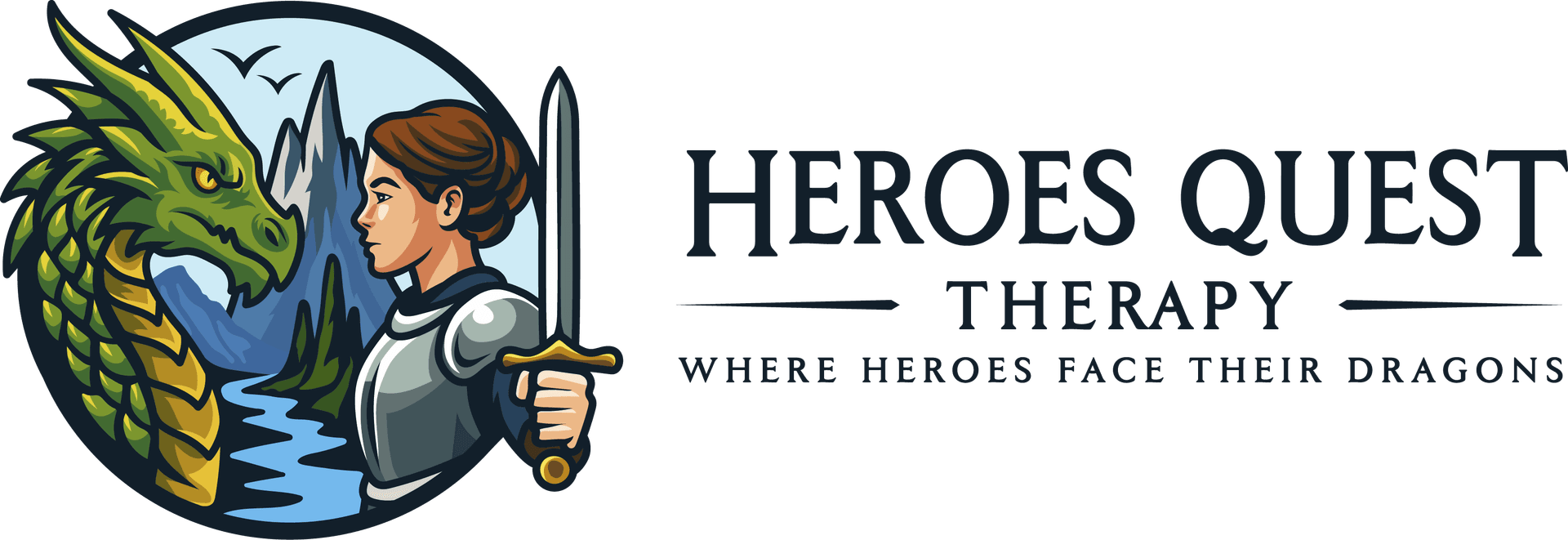From Campfires to Character Sheets: How Stories Heal and Why Your Inner Hero Matters
The magic of the campfire
Long before there were tablets and televisions, our ancestors told stories by firelight. When anthropologist Polly Wiessner studied the Ju/’hoan (!Kung) Bushmen of Namibia and Botswana, she discovered a striking pattern: daytime conversations mostly revolved around work and gossip, but nighttime gatherings by the fire were dominated by songs, spirituality and “enthralling stories” about kin, adventures and local politics. Firelight transformed how people interacted; it dimmed body language, softened facial expressions and allowed agendas of the day to be dropped so that social bonds could be strengthened. Wiessner concluded that fireside storytelling may have helped shape human cognition and culture, fostering empathy, cooperation and a sense of shared meaning. Other researchers note that controlled fire became embedded in hominin behaviour around 400,000 years ago, and that hearths in caves created special spaces where long, imaginative tales flourished. In many societies it is even forbidden to tell narratives during the day—narrative tales belong to the night and to the cave.
Those flickering gatherings weren’t just for entertainment. Stories put listeners on the same emotional wavelength and elicited trust and sympathy. They helped humans understand one another and solidify social networks. In other words, stories have always been medicine for our communities.
Stories everywhere
Storytelling isn’t an invention of any one culture; it seems to be universal to the human experience. Some of the earliest evidence of stories comes from the cave drawings in Lascaux and Chavaux, France. These 20,000‑year-old paintings depict animals, humans and other objects and may have been tied to oral storytelling. Across the world, oral traditions—epic poems, chants, myths and fables—were used to teach lessons, preserve history and entertain. We are drawn to stories, researchers suggest, because they help us find order in random events, build empathy, and remember information more clearly than dry facts.
Indigenous cultures have long recognized the therapeutic power of storytelling. In many Native American communities, storytelling circles are used as a form of group therapy, providing a safe space for people to share trauma, resilience and healing. Storytelling preserves cultural identity, transmits survival skills, and connects generations. Navajo ceremonies such as the Night Chant combine storytelling, music and ritual to restore harmony and balance. Psychologist Carl Jung and other early twentieth‑century clinicians formally recognized that sharing personal narratives in therapy can facilitate healing and self‑discovery.

Myths, tall tales and modern legends
As societies grew more complex, so did their stories. Joseph Campbell’s research into world mythology found that heroic tales across cultures follow a similar “monomyth” or “hero’s journey”—a pattern of departure, initiation and return. The hero leaves the familiar world, faces tests and dragons, receives aid, endures an ordeal, gains a reward, and returns transformed to share the boon. We see variations of this pattern in Homer’s Odyssey, Aesop’s fables, Navajo stories, and even modern blockbusters like Star Wars. Tall tales told by fishermen, fairy tales whispered by grandparents, and the latest Marvel movies all feed our hunger for meaning. Sometimes we aspire to be like Spider‑Man, and sometimes we recoil at the Green Goblin—our values are shaped by the heroes and villains we imagine.
We also tell stories to ourselves. Narrative therapy reminds us that the problem is the problem; the person is not the problem. Developed by Michael White and David Epston, narrative therapy separates individuals from their problems and encourages people to re‑author their life stories. It respects the client’s agency, avoids blame, and views the client as the expert in their own life. Having a narrative helps us organise and maintain our reality; by telling our stories, we can make sense of our experiences and discover new meanings and possibilities. When our personal story feels trapped—when depression or anxiety tells us “this is who you are and who you’ll always be”—narrative therapy offers a way to write a different chapter.
Enter the Hero of your own story
At Heroes Quest Therapy, we believe in the healing power of stories. That’s why our practice combines acceptance and commitment therapy (ACT) with tabletop role‑playing games (TTRPGs). Instead of passively listening to a tale, you become the protagonist. Around our virtual “campfire,” you and your party embark on quests, face dragons and dilemmas, and practice courage, compassion and wisdom. You will learn the Hexfold Path—embracing six heroic virtues for the modern world (Acceptance, Defusion, Present‑Moment Awareness, Self‑as‑Context, Values, Committed Action)—and practice them while adventuring.
No prior gaming experience is required; you only need the courage to take the first step. Whether you’re battling anxiety, depression or the grind of adulting, this mythic, playful work helps you reconnect with your values and find psychological flexibility. You might be surprised how slaying a dragon in game can translate into setting boundaries at work or facing a feared conversation in real life.
Looking ahead: a journey through the history of role‑play therapy
This post is the first in our Hall of Lore series exploring how humans have always used stories to heal and grow. Future posts will dive into:
- Early roleplay in therapy: From Gestalt’s empty chair technique to Jacob Moreno’s psychodrama, clinicians have long used role‑playing to unlock emotions and insight.
- Narrative therapy and beyond: How Michael White and David Epston helped clients re‑author their lives, and how their ideas link to TTRPGs.
- Acceptance and Commitment Therapy: We’ll explore Steven Hayes’ work and why ACT’s psychological flexibility is a perfect fit for adventuring heroes.
- The rise of therapeutic Dungeons & Dragons: Meet the modern pioneers bringing tabletop games to mental health, with insights from recent research.
If you want to be notified when new posts are available, Like us on Facebook where we will share future posts and more information as we gear up for launch. Join the Order of the Hexfold Path. Together, we’ll journey through myths, modern psychology and epic quests to help you discover your inner hero.
